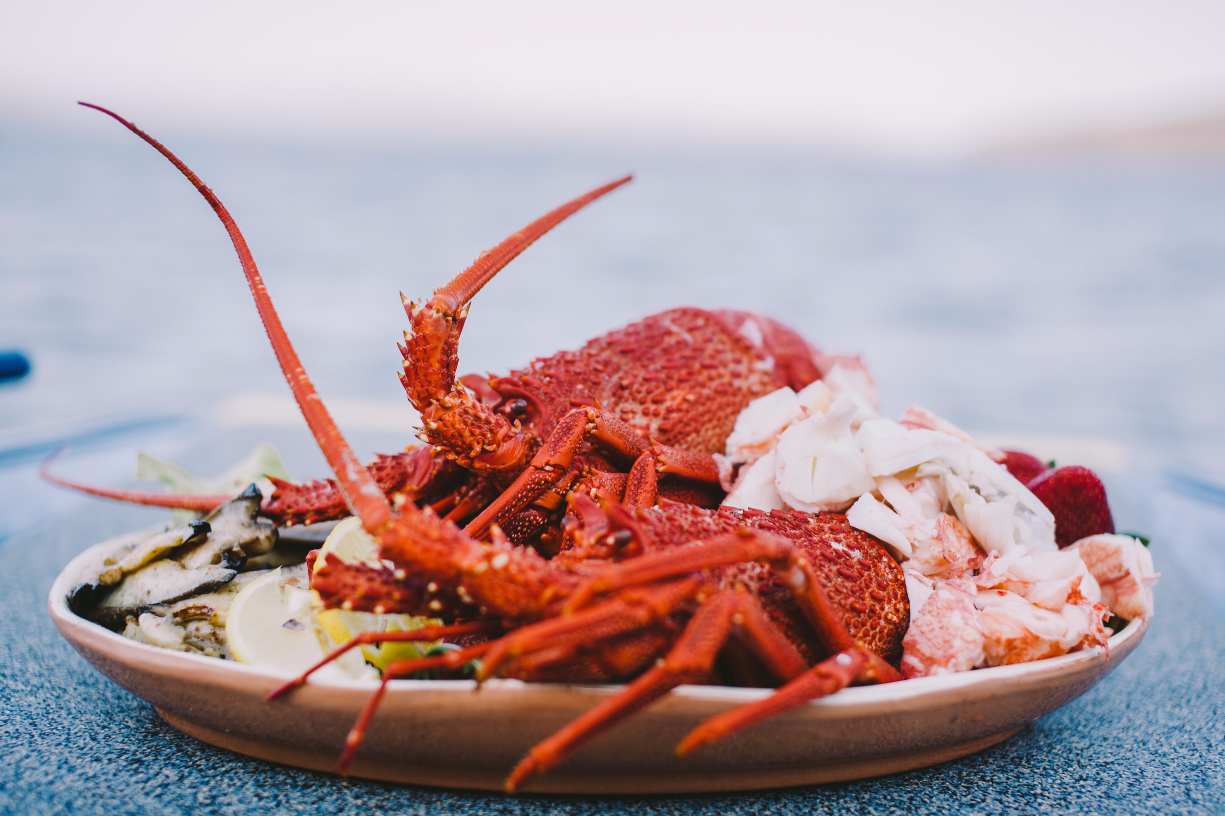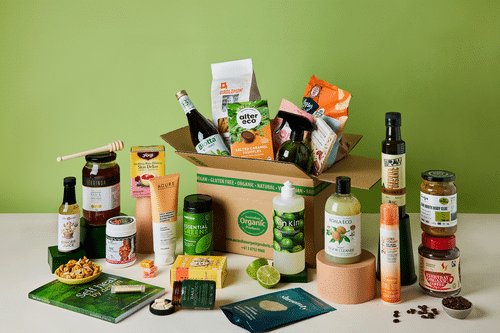Penguin parade in Phillip Island is one of Australia’s most cherished natural wonders, drawing hundreds of thousands of visitors annually to the shores of Summerland Beach. Each evening, as the sun dips below the horizon, hundreds of Little Penguins—the world’s smallest penguin species—waddle ashore after a long day at sea. This breathtaking scene isn’t just a charming display of nature; it represents decades of dedicated conservation work, innovative eco-tourism, and a thriving marine ecosystem. Operated by Phillip Island Nature Parks, the Penguin Parade is a shining example of how wildlife experiences can coexist with sustainable tourism. With over 700,000 guests per year, it remains one of the most visited wildlife attractions in the country.
Nestled just 140 kilometers southeast of Melbourne, Phillip Island is easily accessible by road and public transportation, making it an ideal day-trip or weekend getaway for nature enthusiasts and families alike. The island’s appeal extends far beyond penguins. Tourists frequently explore The Nobbies Centre and its stunning coastal boardwalks, or visit the Koala Conservation Reserve to experience Australia’s iconic marsupials up close. According to Tourism Australia, Phillip Island ranks as one of the top eco-tourism destinations nationally, and its diverse wildlife—including fur seals, wallabies, and bird species—adds to its year-round appeal. However, it’s the nightly penguin parade that remains the island’s crown jewel.
These charming birds, formally known as Eudyptula minor, are fierce swimmers and remarkable survivors. They can dive up to 70 meters in search of anchovies and squid and return every evening with uncanny precision to their burrows. Their behavior has been closely studied by researchers from Deakin University and marine biologists affiliated with Monash University, helping scientists understand penguin ecology, climate adaptation, and marine food chains. The careful protection of their habitats has allowed the local population to grow steadily—from 15,000 in the 1990s to more than 32,000 breeding penguins today.
What makes the Penguin parade in Phillip Island so unique is not just the adorable penguins but the immersive, ethical way visitors experience them. Elevated boardwalks, red lighting, and strict no-photography policies ensure minimal disruption to the animals. Conservation funds from ticket sales—amounting to over AUD 10 million annually—are reinvested into ongoing environmental projects, education, and scientific research. The attraction has earned awards and certifications from EcoTourism Australia and EarthCheck, reaffirming its commitment to low-impact tourism. For those looking for enhanced experiences, options like the “Penguins Plus” and “Underground Viewing” areas provide intimate yet respectful encounters with nature’s most beloved waddlers.
Whether you’re a solo traveler, a family, or an international visitor, the Penguin Parade offers an unforgettable glimpse into Australia’s coastal wildlife. It’s no wonder Lonely Planet and TripAdvisor consistently list it among the top things to do in Victoria. Combining ecological integrity, family-friendly facilities, and once-in-a-lifetime wildlife magic, Phillip Island is a destination that speaks to the heart of every nature lover.
A Magical Encounter at Dusk
The nightly spectacle
Every evening, just after sunset, the Penguin parade in Phillip Island draws crowds eager to witness one of nature’s most enchanting rituals. As darkness falls, hundreds of Little Penguins – the world’s smallest penguin species, averaging just 33 cm in height – waddle ashore in groups, returning from their daily fishing excursions. This heartwarming display takes place at Summerland Beach, the prime viewing site, and attracts more than 700,000 visitors annually, according to data from Phillip Island Nature Parks.
An age-old tradition
The Penguin parade in Phillip Island isn’t a new phenomenon; it has been observed for decades. Conservation efforts began in the 1920s, with more formalized public viewing experiences emerging in the 1960s. Today, it remains one of Australia’s most iconic eco-tourism events. Studies show the Little Penguins have an average lifespan of 6.5 years in the wild, with strong site fidelity – meaning they return to the same beach every evening.
Lighting and landscape
The parade begins in twilight, ensuring minimal disruption to the penguins’ natural behavior. Special low-level red lighting is used to prevent disorientation. Elevated boardwalks guide spectators without disturbing the penguins’ path. The natural amphitheater created by sand dunes and coastal scrub offers a pristine backdrop for this spectacle.
Diverse audience and cultural impact
The event appeals to a broad demographic, from families with children to international tourists. Visitor statistics reveal that approximately 40% of attendees are international, with many arriving from China, India, and the UK. Educational signage and multilingual audio guides enhance the experience, fostering awareness about penguin ecology and conservation.
Behind-the-scenes operations
More than 100 staff members, including rangers, researchers, and volunteers, work behind the scenes to ensure the success of the Penguin parade in Phillip Island. Revenue from ticket sales contributes to ongoing research and habitat protection, making this not only an unforgettable experience but also a driver of ecological preservation.
The Fascinating Life of Little Penguins
Species profile
Little Penguins, also known as Eudyptula minor, are the smallest of all penguin species. Weighing around 1 kg and measuring 33 to 36 cm in height, they are native to the southern coastlines of Australia and New Zealand. In Phillip Island, the population is estimated at over 32,000 breeding individuals, with around 4,000 burrows located in the Summerland Peninsula alone.
Breeding habits
The breeding season for Little Penguins runs from July to February. During this period, penguins return to land more frequently, making the Penguin parade in Phillip Island even more spectacular. On average, penguins lay two eggs per clutch, and chicks fledge at about 8 to 10 weeks of age. Nesting boxes provided by conservation teams have boosted breeding success rates by 15% over the last decade.
Daily foraging routine
Little Penguins venture out to sea at dawn and return at dusk, often traveling up to 20 km offshore in search of food such as anchovies, squid, and small crustaceans. GPS tracking data shows they can dive up to 70 meters and spend several hours underwater. Their efficient hunting methods and social behavior increase their survival odds.
Natural predators and threats
On land, predators like foxes and domestic cats pose significant risks. At sea, penguins face threats from seals, sharks, and plastic pollution. A 2022 report from Phillip Island Nature Parks highlighted that 80% of deceased penguins had traces of plastic in their digestive tracts. Conservation fencing and eradication of invasive species have significantly reduced land-based threats.
Adaptations for survival
Little Penguins are excellent swimmers, reaching speeds of up to 6 km/h. Their waterproof feathers, dense down, and preening oil gland help maintain body temperature in cold waters. Vocalizations and unique calls enable individual recognition among thousands, particularly during the busy evenings of the Penguin parade in Phillip Island.
Best Times and Seasons to Visit
Seasonal patterns
The Penguin parade in Phillip Island operates every day, but the experience varies by season. During summer (December to February), sunset occurs later, and the parade begins around 9 PM. Winter months (June to August) offer earlier start times around 6 PM. According to visitor data, December and January see the highest attendance, with up to 4,000 people per evening.
Penguin visibility
Penguin numbers are highest during the breeding season. From September to February, you might see 1,000 or more penguins returning to shore in one evening. In contrast, during molting in March and April, numbers may drop as penguins fast and remain in burrows. A 2023 wildlife survey noted peak penguin returns averaging 1,450 individuals nightly in December.
Weather considerations
Coastal weather on Phillip Island can be unpredictable. Average summer temperatures range from 14°C to 24°C, while winter can drop to 8°C. Rainfall peaks in winter, so visitors are advised to bring warm and waterproof clothing. The viewing areas are exposed, and strong winds are common.
Weekday vs. weekend visits
Weekends and holidays attract larger crowds. A weekday visit offers a quieter experience with better visibility and less noise. The average weekday attendance is around 1,200 guests, compared to 2,800 on weekends. Online ticket bookings allow for choosing quieter sessions, including “penguins plus” or “underground viewing” options.
Booking tips and pricing
General admission prices start at AUD 32 for adults and AUD 16 for children. Premium experiences cost between AUD 65 and AUD 90. Booking in advance is strongly recommended during peak months. Group discounts and family passes are available. The Penguin parade in Phillip Island is a major contributor to local tourism revenue, estimated at AUD 400 million annually.
How to Get to Phillip Island
Travel from Melbourne
Phillip Island is located 140 km southeast of Melbourne and can be reached by car in about two hours. The route via the M1 and Bass Highway is scenic and well-marked. According to VicRoads, the daily average traffic volume to Phillip Island peaks at over 8,000 vehicles during holiday periods.
Public transportation options
Visitors without a car can take a V/Line train to Dandenong or Cranbourne, followed by a coach connection to Cowes, the island’s main town. Buses run daily, with increased frequency during school holidays. Travel time averages 3.5 to 4 hours. Shuttle services also operate from Melbourne CBD, with ticket prices starting at AUD 45 per person.
Tour packages
Many tour operators offer day trips and overnight stays. These include hotel pickups, wildlife park visits, and reserved seating for the Penguin parade in Phillip Island. In 2022, over 100,000 visitors used such packages, indicating their growing popularity. Group tours can be cost-effective and informative, with professional guides enhancing the experience.
Driving and parking
Parking is available at the Penguin Parade Visitor Centre, which can accommodate over 800 vehicles. During peak hours, attendants help manage the flow. Rental cars are available from Melbourne airport and city locations. Car hire rates start at AUD 60 per day, with discounts for multi-day rentals.
Accessibility for all travelers
The venue is wheelchair-friendly, with ramps, accessible seating, and designated viewing zones. Audio guides and visual aids assist those with hearing or visual impairments. The Visitor Centre also provides translation services in Mandarin, Japanese, and German, making the Penguin parade in Phillip Island accessible to a global audience.
Eco-Tourism and Conservation Efforts
Sustainable tourism model
The Penguin parade in Phillip Island is a global model of eco-tourism. Operated by Phillip Island Nature Parks, a not-for-profit organization, all revenue is reinvested into conservation. In 2022 alone, over AUD 10 million was directed toward habitat restoration and research initiatives.
Habitat preservation projects
Over 6,000 native plants are planted each year on the Summerland Peninsula to restore penguin habitat. Since 1985, the buy-back of over 180 residential properties in the area has enabled large-scale rewilding. These efforts have doubled the local penguin population since the 1990s, from an estimated 15,000 to over 32,000.
Research and monitoring
Scientists track penguin behavior using microchips and GPS devices. These studies inform decisions on marine management and climate adaptation. For instance, research found that penguins spend more time at sea during warmer ocean temperatures, adjusting their feeding patterns. Such insights help design policies for marine protection zones.
Education and community engagement
The visitor center hosts over 100,000 school students annually for hands-on environmental education. Programs cover topics from marine ecology to recycling. Community beach clean-up events occur monthly, with volunteers collecting over 2 tons of waste annually. These efforts build local support for conservation goals.
Recognition and awards
In 2021, the Penguin parade in Phillip Island received the Australian Tourism Award for Ecotourism. It is certified under the EarthCheck and EcoTourism Australia standards. These recognitions underscore the parade’s role not just as a tourist attraction, but as a benchmark for responsible nature engagement.
Tips for the Best Viewing Experience
Arrive early for the best spots
The Penguin parade in Phillip Island is a popular event, and arriving at least 60 to 90 minutes before sunset is recommended. Gates open well before the first penguins arrive, allowing visitors time to explore the interactive exhibits in the visitor center. On peak days, over 3,000 people may attend, so early arrival ensures access to prime seating and avoids congestion in parking and boardwalk areas.
Dress appropriately
Phillip Island’s coastal climate can change rapidly. Even in summer, temperatures drop after sunset, with wind chill making it feel significantly colder. Statistics from the Bureau of Meteorology show evening temperatures range from 10°C in winter to 16°C in summer. Bring layers, including a waterproof jacket and a beanie. Blankets and seat cushions are also helpful for the outdoor seating.
Choose your viewing option
Visitors can select from several ticket tiers. General viewing accommodates over 1,000 people on tiered platforms, while “Penguins Plus” offers a closer, more intimate setting for around 300 guests. The “Underground Viewing” area, limited to just 70 people, provides eye-level views through a glass window. In 2023, 22% of visitors chose upgraded experiences for better views and enhanced comfort.
Follow the rules for wildlife protection
Photography and videography are strictly prohibited during the parade to avoid disorienting the penguins. Flashlight use is banned, and guests must remain silent and seated as the penguins pass by. Rangers are present to enforce these guidelines, ensuring minimal stress on the animals. Compliance is high, with fewer than 2% of visitors violating rules in recent years, according to Nature Parks’ annual report.
Enhance the visit with extras
Consider purchasing a field guide or renting binoculars from the gift shop. Audio guides in multiple languages help non-English speakers understand penguin behaviors. Behind-the-scenes tours and ranger talks are available for deeper engagement. The Penguin parade in Phillip Island is not just a show—it’s an educational encounter that deepens appreciation for wildlife and habitat conservation.
Beyond the Parade: Other Island Attractions
Koala Conservation Reserve
Phillip Island is home to a thriving population of koalas, and the Koala Conservation Reserve offers treetop boardwalks for close-up views. With over 100,000 visitors annually, the reserve contributes to research on habitat use and koala health. Entry is often included in combo tickets with the Penguin parade in Phillip Island, providing a full day of eco-tourism experiences.
Churchill Island Heritage Farm
Located just off the main island via a bridge, this working farm showcases 19th-century agricultural life. Activities include sheep shearing, whip cracking, and blacksmithing. Attendance reached 80,000 in 2022, and many visitors combine the historical charm of Churchill Island with the evening penguin parade.
The Nobbies Centre
Overlooking dramatic basalt cliffs and blowholes, the Nobbies Centre is the westernmost point of Phillip Island and home to Australia’s largest fur seal colony, estimated at over 25,000 individuals. The interactive Antarctic Journey exhibit inside the center provides a sensory walk through the Southern Ocean ecosystem. The boardwalks offer breathtaking views, and penguins can sometimes be seen nesting under the platforms.
Phillip Island Grand Prix Circuit
For motorsport fans, the world-renowned Grand Prix Circuit offers track days, a museum, and guided tours. Hosting MotoGP and other international events, it attracts over 250,000 spectators annually. The juxtaposition of adrenaline sports and serene wildlife underscores the island’s diverse offerings beyond the Penguin parade in Phillip Island.
Local food and accommodation
Cowes, the island’s main town, features cafes, seafood restaurants, and boutique hotels. Data from Visit Victoria shows that over 500,000 overnight stays are recorded annually, with 3-star to 5-star options. Many accommodations offer penguin-themed packages, including transport to the parade and late-night meals, enhancing the overall visitor experience.




